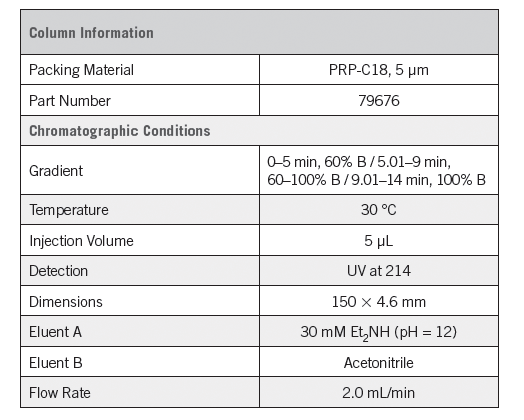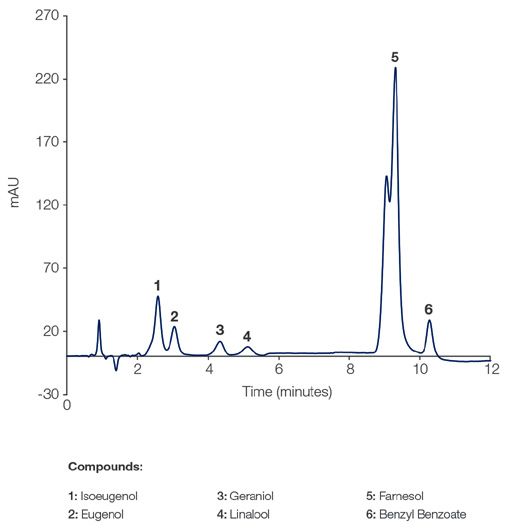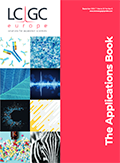Hamilton - Separation of Selected Components of Ylang-Ylang Oil
LCGC North America
Essential oils have been a staple of the food, fragrance, and health markets for many years. Owing to their unique composition, essential oils can be used for a variety of applications, including antiparasitics, antivirals, bactericides, fungicides, insecticides, and repellants, as well as food flavoring and mood enhancers. Market growth, coupled with limited production of naturally occurring products, has led a large segment of industrial essential oil suppliers to turn to the addition of synthetic additives. The production of an essential oil through synthetic routes (arrived at through the use of petroleum products) has been adopted for two main reasons; the price of natural oils, and for consistency of products (natural oils can vary in the percentage of individual components from year-to-year). Unfortunately, the addition of these synthetic adjuncts can give rise to a number of health concerns that are generally associated with petroleum products, such as allergic reactions, migraines, asthma attacks, nausea, eczema, and various other sensitivities.

In this study of an essential oil, we have developed a high performance liquid chromatography (HPLC) method for the separation of six well-known markers for the determination of purity of ylang-ylang oil. This method utilizes one of the benefits of polymeric based columns: the ability to consistently operate in alkaline pH without sacrificing performance. In this method, we have chosen the typical markers for an extracted essential oil utilizing the Hamilton PRP-C18 column.

Figure 1: Separation of selected components of ylang-ylang oil

Hamilton Company Inc.
4970 Energy Way, Reno, NV 89502
Website: www.hamiltoncompany.com
